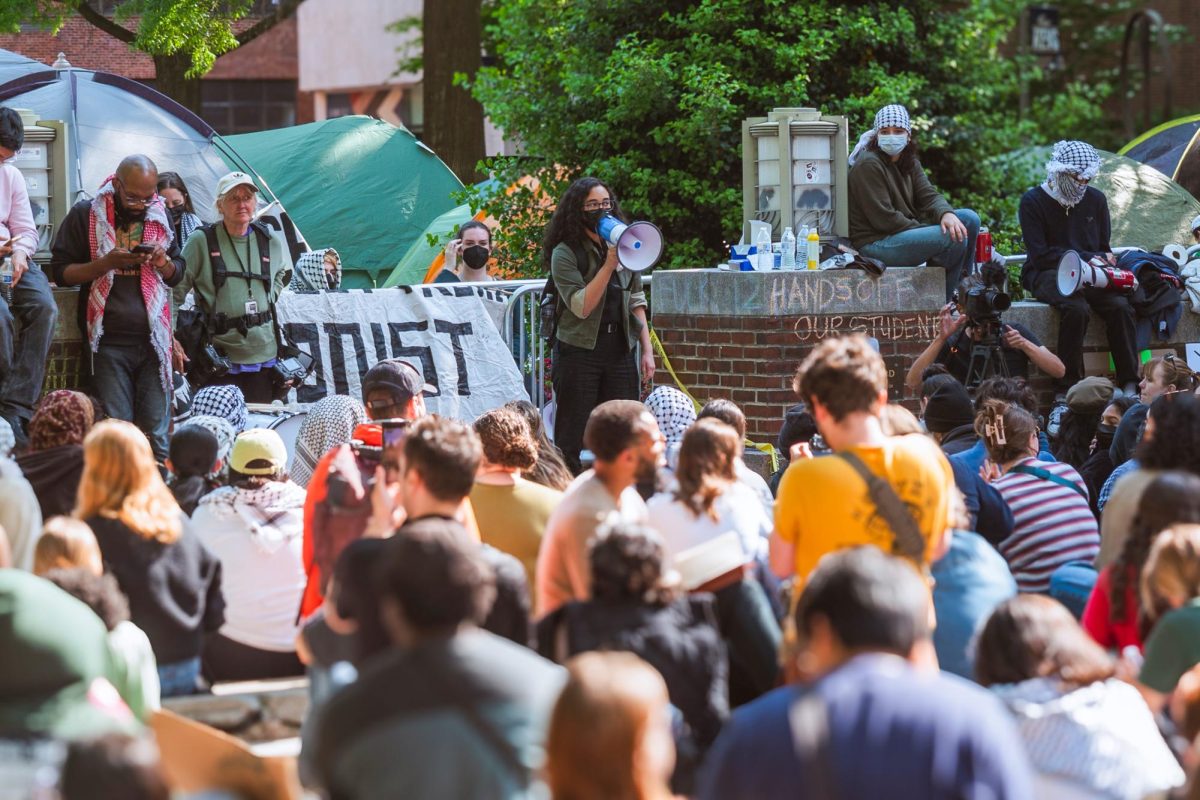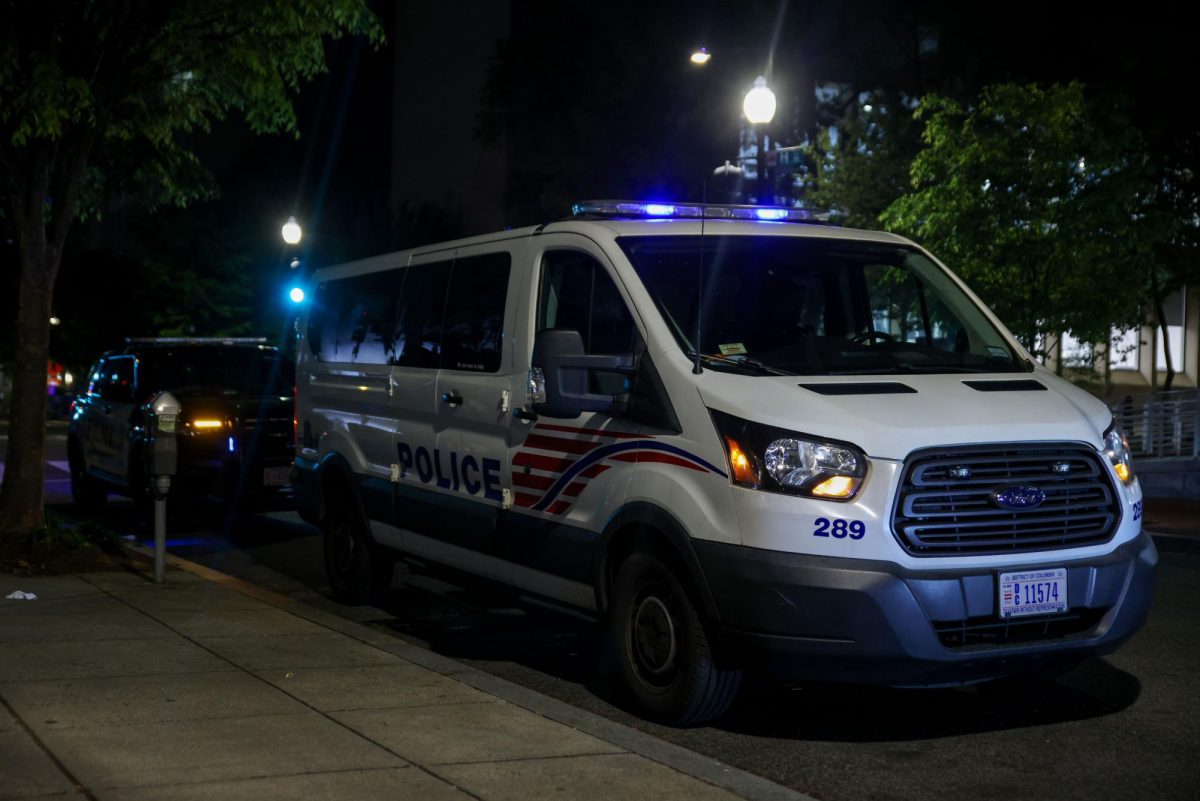Web Exclusive
Eric Cline, chair of the department of classical and Semitic languages and literatures, received a $15,000 grant from National Geographic this month for a potential dig in Israel this winter.
The grant will fund a dig in Tek Kabri – a Middle Bronze Age site – but only if the Israel Antiquities Authority approves the team’s permit.
If Cline’s permit is granted, the dig will continue a project Cline started in 2005 and acknowledge the work that a team of GW and international students did at the site this summer.
This summer’s group was a diverse group of professional archaeologists and GW students, Cline said. He co-directed the dig, a month-long excursion with an international team of 70 volunteers from nine countries, with Assaf Yasur-Landau of Haifa University.
The 2009 dig was GW’s first large-scale excavation at Tel Kabri, although Cline excavated some of the site in 2005 to determine if it was worth further investigation.
For the summer trip, Cline said he offered the trip up to a wide range of students, setting few prerequisites.
“Are you living? Are you breathing? Do you have money? Are you between 18 and 120 [years old]?” he asked willing participants.
Alexandra Ratzlaff, a 2009 team leader, GW alum and current graduate student of archaeology at Boston University, said the Tel Kabri was originally out of her comfort zone – her specialty is Roman archaeology- but said the challenge was worthwhile. Participants said they began digging as early as 5:15 a.m., sometimes not ending until past midnight.
“In terms of the archaeology of the site, it’s absolutely fascinating and challenging,” she said. “There are so many aspects of the site that force you to keep learning new approaches to complex problems.”
Students were rewarded with exciting finds, Cline said.
“The most memorable discovery at the dig would be the day that we excavated the first piece of painted plaster,” says Jessica Ring, an archaeology major and lab manager in her senior year at GW.
Cline recalls the first of these discoveries. As a student finished the daily washing of all materials recovered that day, she realized that one object was not pottery, but blue plaster.
“We’re all like screaming and jumping up and down. Absolutely amazing,” Cline said.
Soon after, the team found about 40 similar pieces in the immediate area, all lying facedown on the floor. Blue color plaster is associated with pottery from Crete, so its presence in Tel Kabri, in Israel, indicates a mysterious history and Cline is eager to return and investigate.
“Right now, it’s like a jig-saw puzzle with the major picture missing,” Cline said. “And there’s no picture on the cover to make it go together.”
Ratzlaff says she was satisfied watching her students “get excited and feel that the time they spent grueling in the dirt and sitting in class is all worthwhile.”
She is glad Cline and the team is planning to revsit the site with the National Geographic grant.
She said, “Each season I work at Kabri it solidifies my decision to be an archaeologist.”







